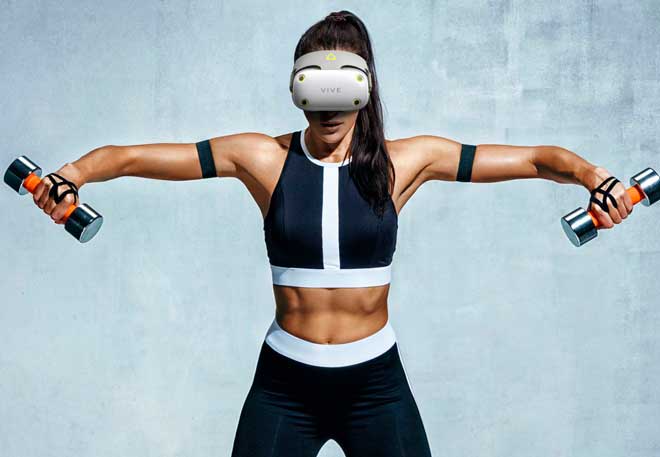
Avatars come in many forms, each with their own application areas: as a navigator in the vastness of the virtual world, a virtual assistant in VR training courses, or a digital model in the impressive worlds of video games. Avatars are artificial face, graphic figure, or image that is assigned to Internet users in a virtual world. It serves as an extension in the virtual realms and can show a great resemblance to us depending on the type of avatar. The options for creating avatars are as diverse as their shape. An easy and quick way to form is images or icons that you can choose from a ready-made library or download from your phone, disk, or cloud. The digital representative is displayed in two dimensions and can be used to identify the user and other participants.

Virtual reality devices (helmets, glasses) are rapidly entering our everyday lives. Digital virtual reality (VR) technology is now used for gaming and education, medical treatment, and complex transplant surgeries. Analysts believe that by 2023, the global market for VR / AR training alone will grow to $6.3 billion. However, the impact of VR technology on human health and the psyche remains poorly understood. After relatively long use of VR helmets, many people experience headaches, nausea, disorientation, and dizziness - seizures and epileptic seizures in sporadic cases. They even coined a particular term for the complex of symptoms: cyber-disease.

If we talk about the future shape of Manufacturing in the digital age, it has already begun in the form of the fourth industrial revolution. The fourth industrial revolution, also known as Industry 4.0, will start the next step in automation, namely production "without light" in the next digital age. Following the steam power of the Industrial Revolution, electrification in the 1800s, and the digital revolution of the late 20th century, Industry 4.0 will open this path in the future. However, there is a possibility that it has already begun.

Is the weather too bad for mountain biking? Welcome to virtual reality! However, fresh mountain air is still not enough. Virtual reality sports are a real trend. Turn on your computer, put on your glasses, and there's already a virtual table tennis table in your living room. Thanks to new tools, you can get a personal trainer at home. But how advanced is the technology? What kind of equipment do you need? And does virtual training pay off outside of the VR world as well?

Are we looking for ways to create a competitive advantage in real estate? Virtual reality is the answer. Digitalization in real estate is constantly evolving. Over the past few years, many new technologies have been developed that can be used in various industries. There has never been a better time to take advantage of innovation and get ahead of the competition. The use of drones has already changed the real estate industry, whether aerial photography or virtual tours. But virtual reality technology for real estate could also soon play an increasingly important role.

Cleaning the dishwasher, doing the laundry, cleaning the baby's room: robots can make everyday life much easier. Companies that make household robots have big plans - and not just them. Service robots that take care of unpleasant and tedious household chores are a tempting idea for most people. Unlike their counterparts used in industry or for commercial purposes, household robots for the consumer market have the following requirements: